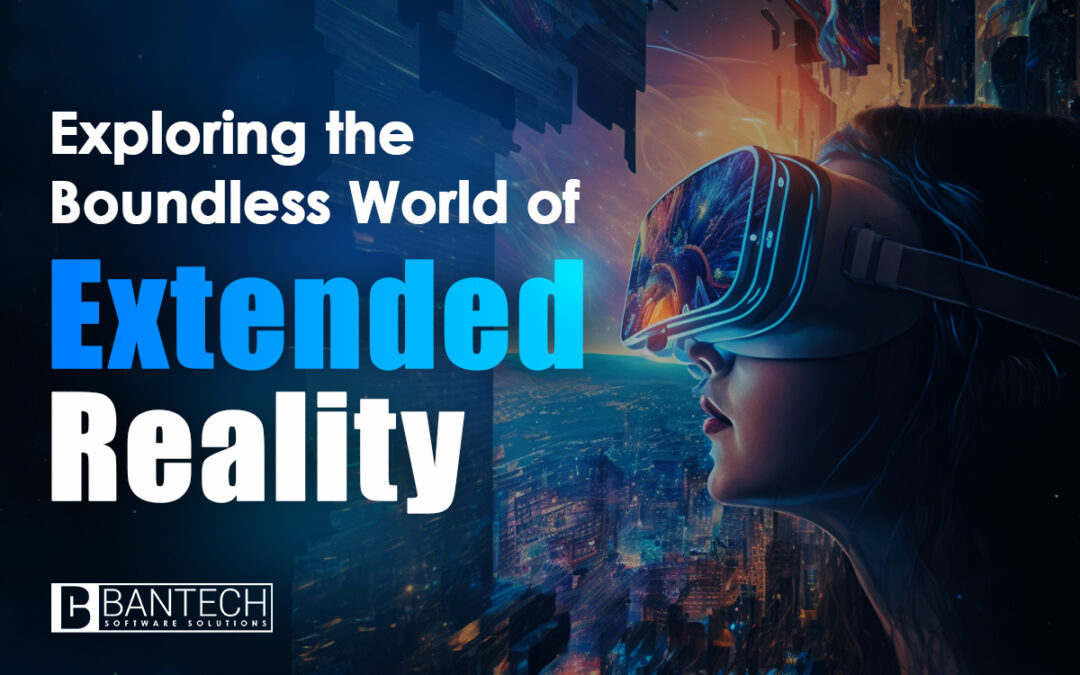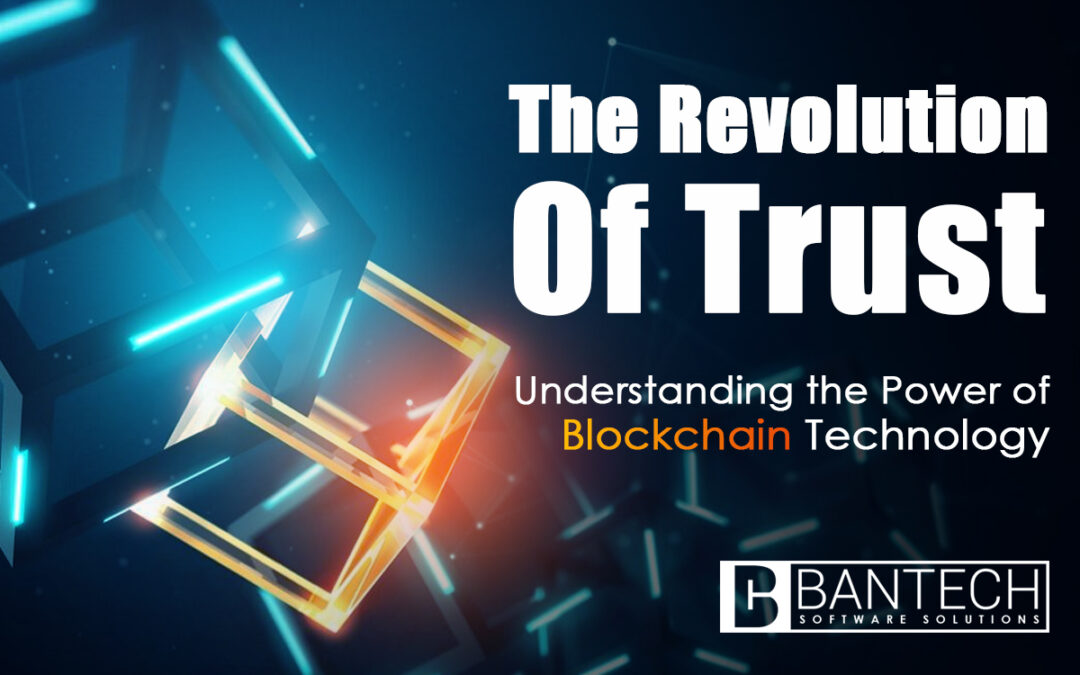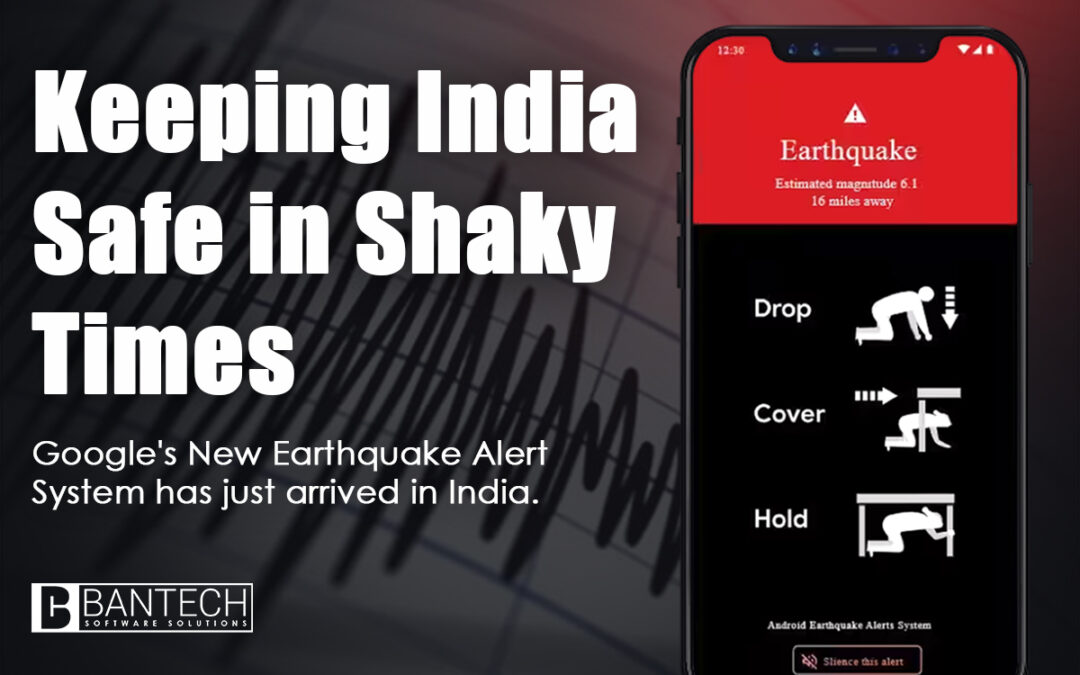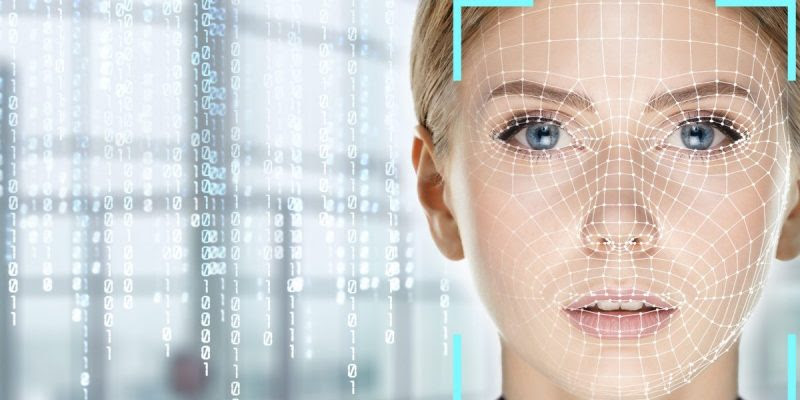
by Gargi Banerjee | Oct 10, 2023 | Technology

Loading...

by Gargi Banerjee | Oct 6, 2023 | Uncategorized

Loading...

by Gargi Banerjee | Oct 3, 2023 | Blockchain

Loading...

by Gargi Banerjee | Sep 29, 2023 | Blockchain, Search Engine Optimization, Uncategorized

Loading...

by Gargi Banerjee | Apr 26, 2023 | Artificial Intelligence (AI), Blockchain

Loading...








